What should I say on my major donor visit?
It’s not a matter of what you should say; it is more of a question of what you should do.
To me, an initial major donor prospect meeting is more of an “archeological dig” or an “excavation.”
So what are the steps for an “archeological dig?”
1) Background Study
Determine the possibility of an archaeological site on the property by studying maps and historical records. Modern developments could have already removed historical evidence, but not always.
With a major donor prospect, you do the same. You conduct research by studying their giving history, their giving to other organizations, etc. And, you may even use “modern” methods such as donor wealth screening of them but not always.
2) Property Assessment/Field Survey
Excavating test pits in grass or wooded areas, or walking a plowed agricultural field to find artifacts. Alternative techniques are employed in the assessment of urban areas.
With a major donor prospect, you may ask others who know the prospect, what they know about the prospect, and how the prospect might perceive your project. You may inquire about their interest area and their giving motivations. You may also ask questions such as what is going on in their lives personally or professionally that may have an impact on their giving beyond what their overt capacity rating states. Different conversations are had with different donors.
3) Site-Specific Assessment
Once an archaeological site has been found, this assessment determines the size, time period, cultural affiliation, and significance. Sites are measured and divided into 1-meter square test units, the soil is screened to uncover artifacts, and if the site is determined to have cultural heritage value, it goes into Stage 4, mitigation.
Once at the meeting with the prospective major donor, you then begin the actual work of excavation. You will ask them specific questions to ascertain their motivations for giving, their passions, and interest areas, and what is truly important to them regarding their values and beliefs. During this time, you spend more time listening or “screening” than you do talking. It is a sifting process to see what you will unearth about the donor that will point to how they may become more engaged in your organization.
If the donor is determined to have a genuine, authentic relationship, then the relationship goes to Stage 4,
4) Mitigation
Development impacts can be mitigated through construction avoidance and long-term protection or full excavation and documentation. If the site cannot be protected, it must be entirely excavated to preserve the archaeological data.
It is all about taking that information from the “dig,” to develop an authentic relationship. You now know more about your prospective donor to understand what you should focus on and what you should avoid in your future conversations. Sometimes, the donor is so intent on giving that you accept the gift. But, at all costs, you work to prevent that from occurring. You want relationships to be based on an authentic, naturally developing one that stands the test of time.
So, major gift prospect visits can be like an archeological dig in many senses. They are surely extremely precious to the mission of the organization and must be carefully “excavated” and nurtured throughout time so that the previous artifacts are nurture to a place of great value.
Think tenderly trodding about with the process of working with your donors, and less damage will be done over the long-term, allowing things to mature into valuable relationships serving the mission of an organization for many years to come.
Information on archaeological excavations taken from “Four Stages You Should know.” n http://archaeologymuseum.ca/excavation-stages/
For a free, 30-minute consultation, or to learn more about our “Survive and Thrive” professional coaching services, visit us here at www.developmentconsultingsolutions.com/coaching or book your fundraising coaching session at http://calendly.com/developmentconsultingsolutions/30min.
Join my new nonprofit “tribe” who are surviving and thriving! Click HERE to join my private Facebook group: Nonprofit Survive and Thrive Mastermind and receive support and inspiration to drive your results.

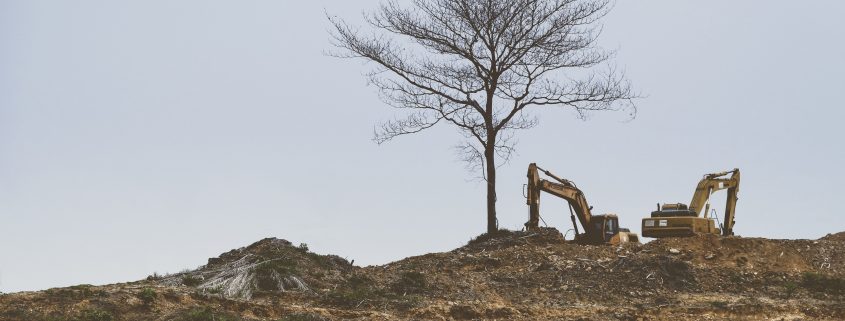
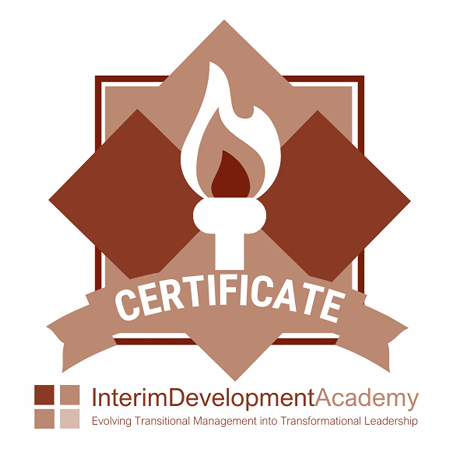

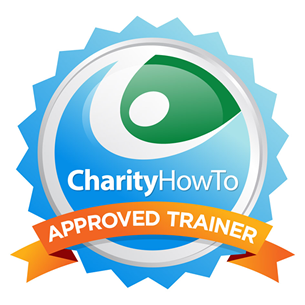
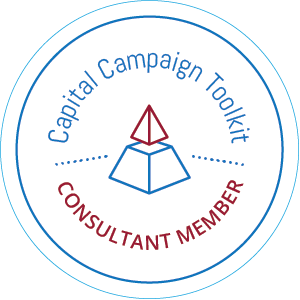
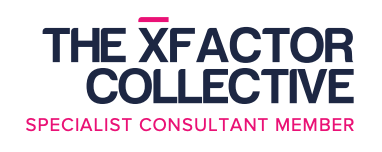
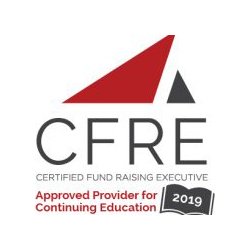



Leave a Reply
Want to join the discussion?Feel free to contribute!